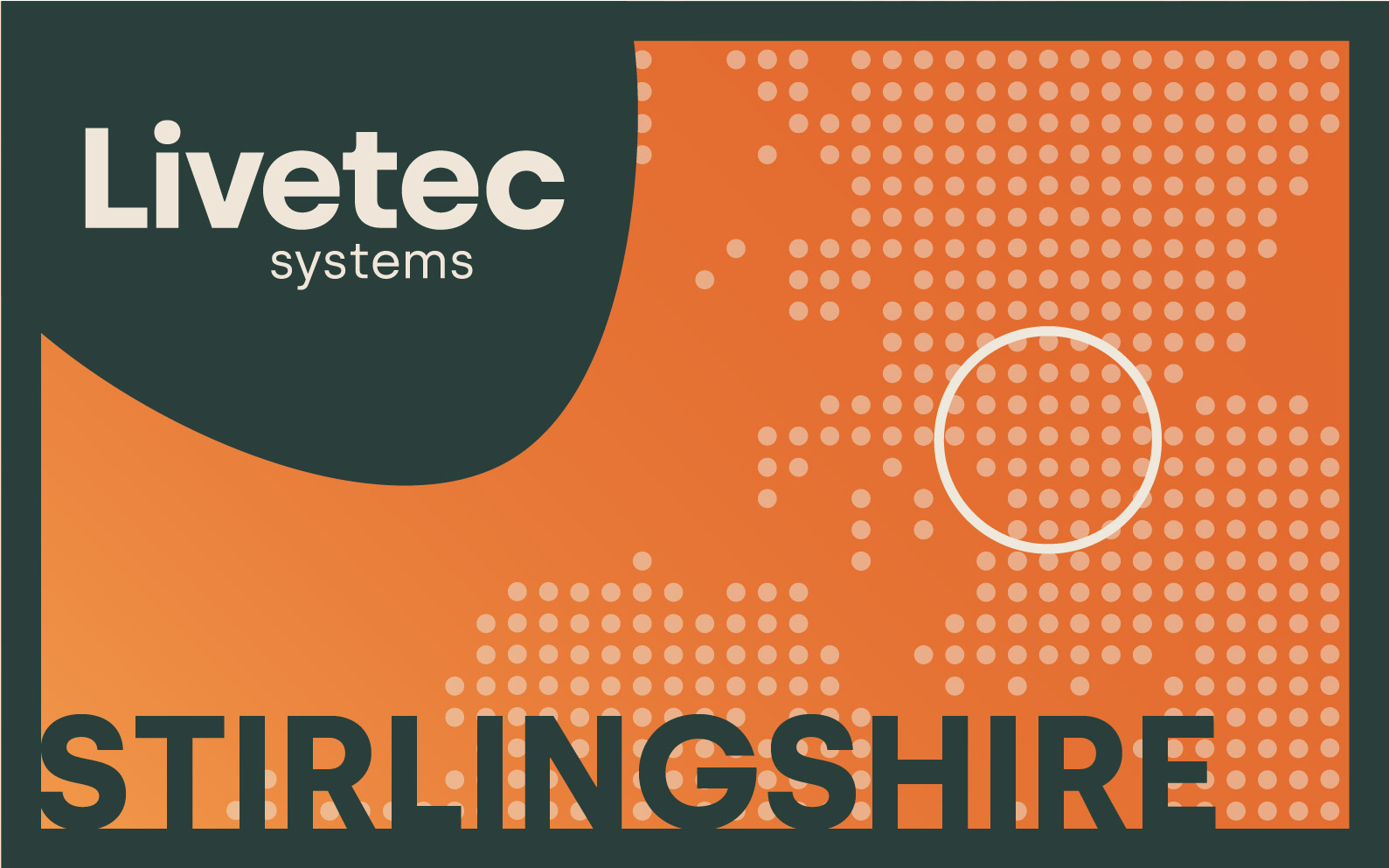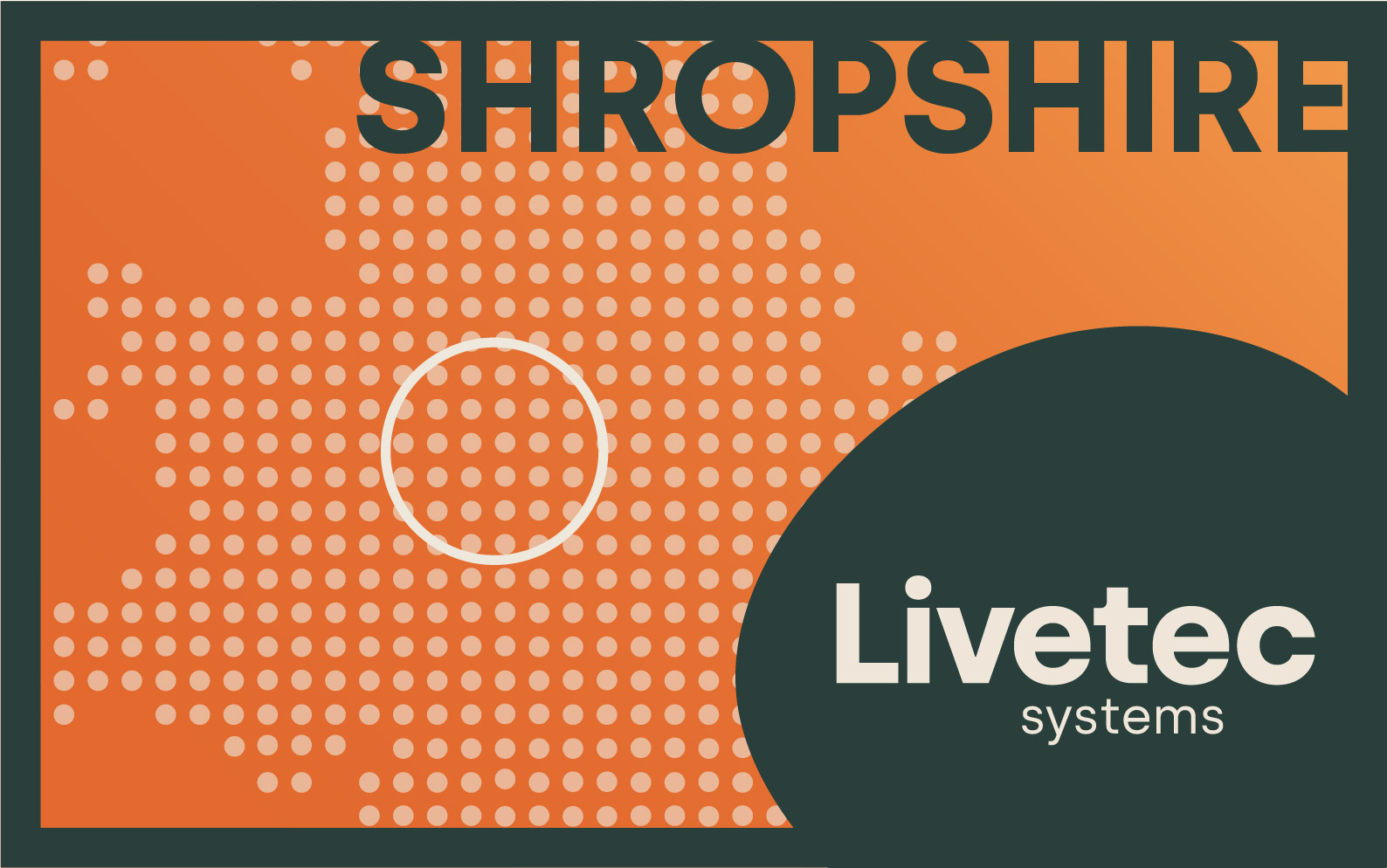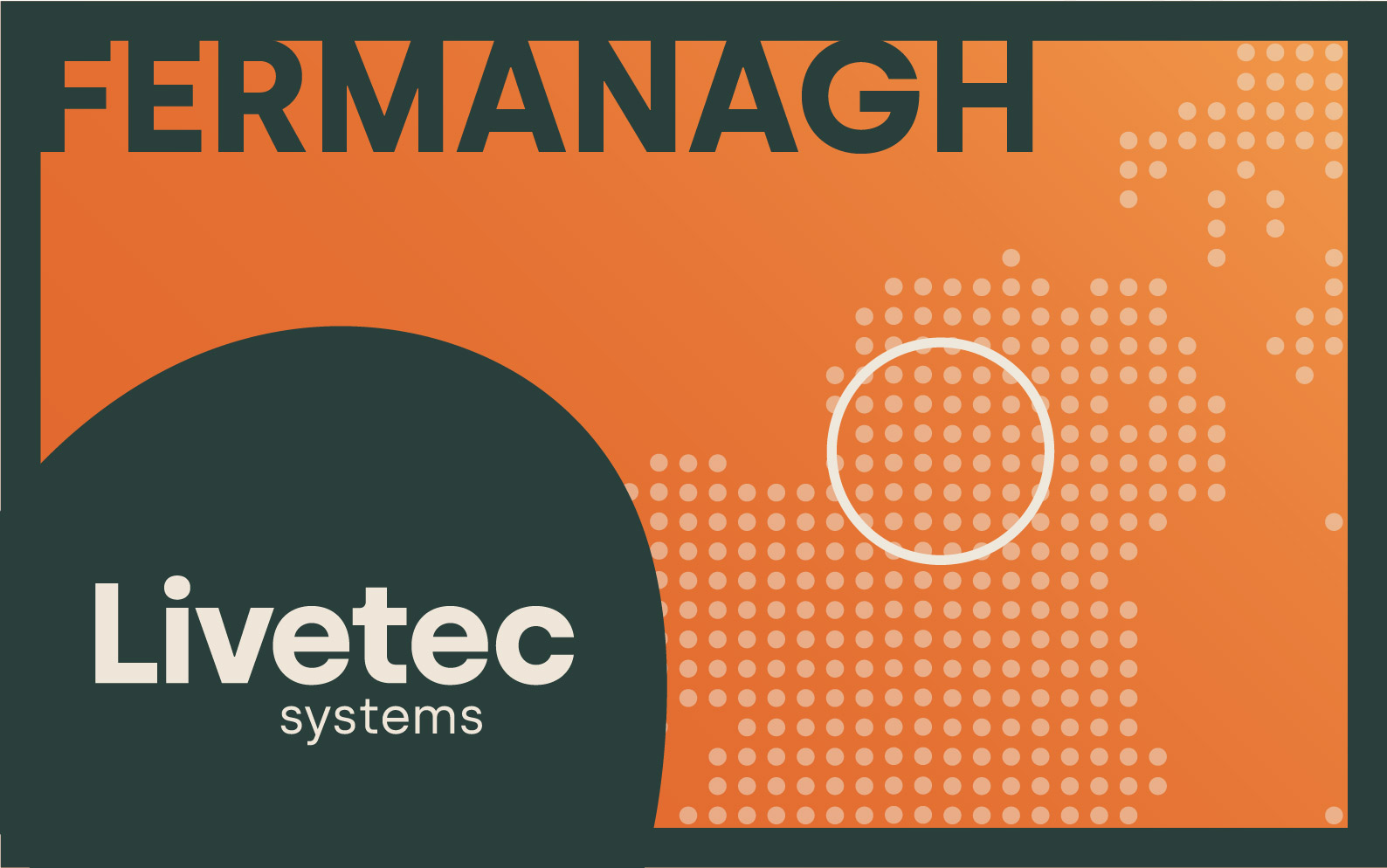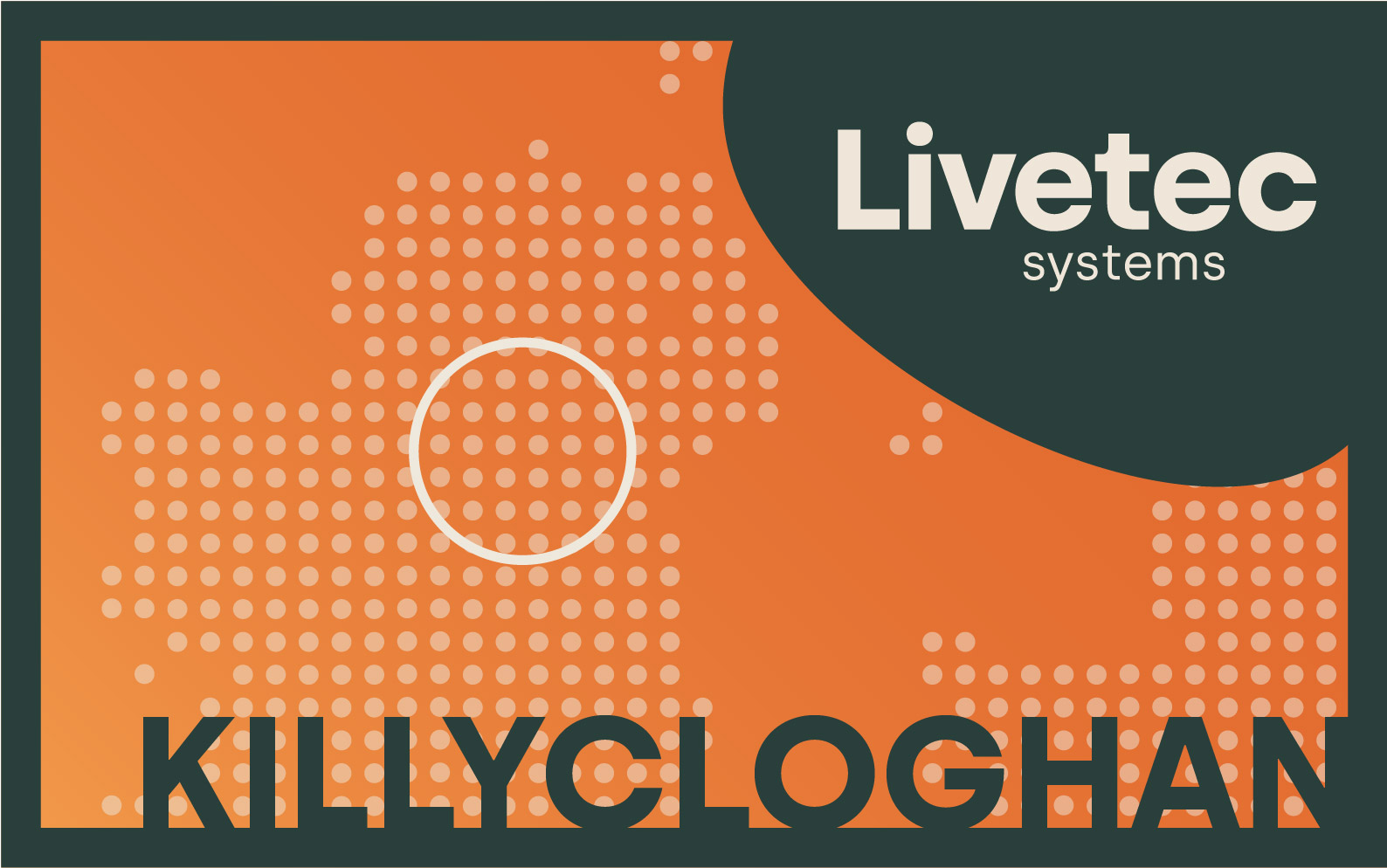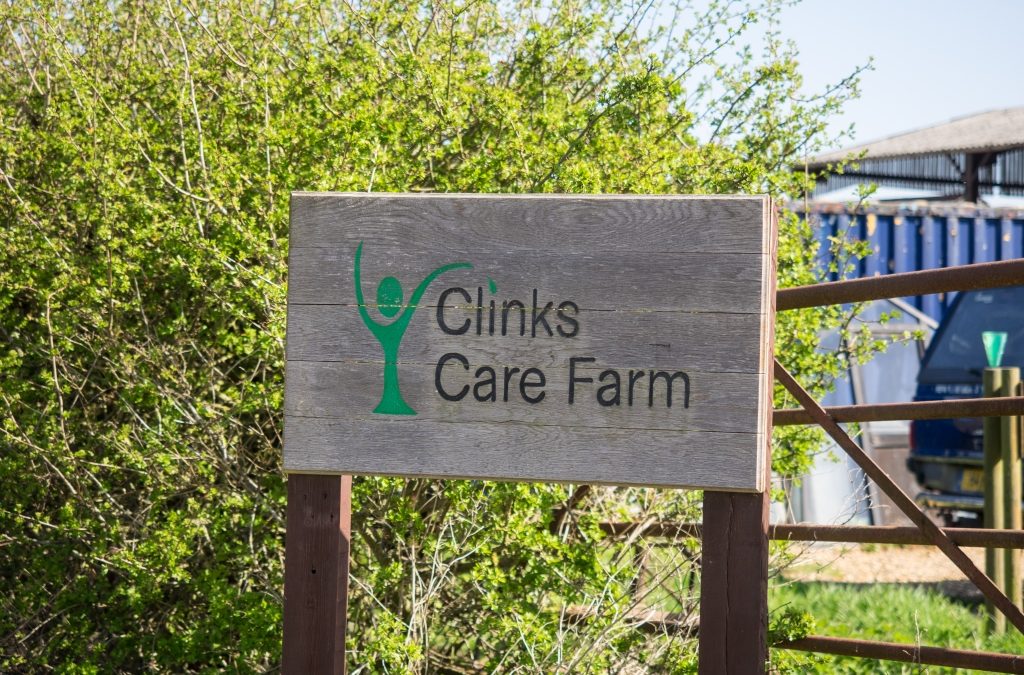Today’s soaring cost of feed can account for up to 70% of a broiler poultry farmer’s total production cost. If you are raising broiler chickens, then it is important to get the best feed conversion possible, as it can impact both the health of your poultry and your bottom line. Reducing these costs, or keeping excess costs to a minimum is essential to remaining profitable; especially as we see costs to feed and poultry production in general, continuing to increase.
Feed efficiency
Feed efficiency, in terms of poultry production, is defined as the ability of an animal to convert feed to product. Within the industry, it is referred to as feed conversion efficiency (FCE) and is calculated using the feed conversion ratio (FCR).
Feed conversion ratio:
The FCR is the most common method of calculating food efficiency for broilers, and is calculated by the amount of feed a broiler needs to produce one kilogram of body weight. This ratio helps farmers to determine the efficiency that livestock converts animal feed into the desired output.
FCR can vary depending on the animals genetics, as well as their age, the quality of the feed, the animals housing conditions and the use of the feed by farm workers.
How to get better feed conversion:
Using our years of experience within the poultry industry, we have devised some ways in which poultry farmers can improve their feed conversion.
Utilising the first five to seven days:
The best feed conversion ratio for broilers is within their first five to seven days as the chicks within this time frame generate almost zero body heat, resulting in them burning off less calories, allowing a faster growth rate. In this time, they also still have the fats and proteins from the yolk sac to use for energy. In order to optimise this critical growth stage, feed should not be limited. If it is, they will use the yolk sac to compensate for the lack of food, using it for energy rather than growth.
This short seven day period at the beginning of the broiler’s life is extremely important and will ultimately dictate the performance of broilers at the end of the flock. Getting a high bodyweight at the end of the seven days will give you more uniform birds with a lower mortality rate and a better feed conversion rate.
Broiler chicks shouldn’t have to search for feed, so ensuring there is a regular supply across this first period will aid in achieving a healthy and productive flock.
Sourcing the right feeders:
Using feeders that minimise feed wastage is critical to improving your bottom line and ensuring the best FCR. In addition to feeders that reduce wastage, they should also be sturdy and long lasting with the ability to keep vermin out and the food dry. Food will attract both vermin and wild birds and should they have access to feed, not only will they eat it but they will contaminate it. Both unwanted visitors and wet feed will significantly impact the quality of it, as well as encourage the introduction of diseases like Salmonella, which can have devastating impacts on a farm business.
Feeders should also be monitored and well maintained by farm workers in order to improve their efficiency and reduce the amount of feed wastage. They should be regularly cleaned, well-placed so birds can easily access it and a good distance from water.
Getting the lighting right
Having a consistent lighting system will allow the birds to digest their feed whilst they rest and encourage them to move around less, burning less calories. If the birds are allowed enough time to rest, without overfeeding or overexercising this can improve your FCR.
If the lighting is almost continuous birds can overfeed, resulting in an increased feed rate passage. With the birds at the peak of their genetic potential, the extra feed consumed has limited time to be processed by their digestive enzymes and will lower the FCR.
If the lighting system is inconsistent, it can also cause distress to the birds which will affect their weight and can also have negative impacts on their welfare.
Knowing the ideal weight
Feed efficiency tends to get worse as birds age, as they have a greater body mass to maintain, which requires more energy. If you are aware of the ideal weight, and regularly monitor the bird’s weight as well as follow your standard procedures, you can improve the FCR by encouraging your poultry through the supply chain at the perfect time.
Biosecurity is a critical factor in cost reduction
In order to improve your feed conversion ratio, you should also adhere to strict biosecurity protocols as they will keep your birds healthy, safe and protect them from disease outbreaks. The loss of poultry due to disease outbreaks can be incredibly costly as well as impact the mental health of farmers and their workers.
At Livetec, we are experts in providing bespoke biosecurity plans to farm businesses. With over a decade of experience and technical and scientific know-how, we are ideally placed to help UK farmers protect their farms from disease.
Click here to contact the Livetec team today.
